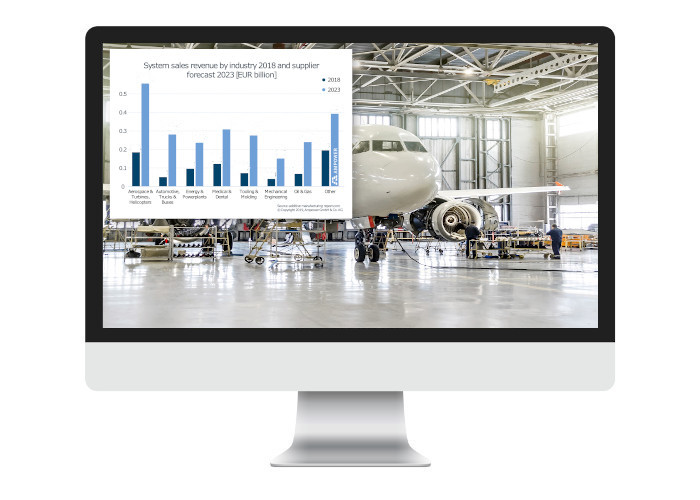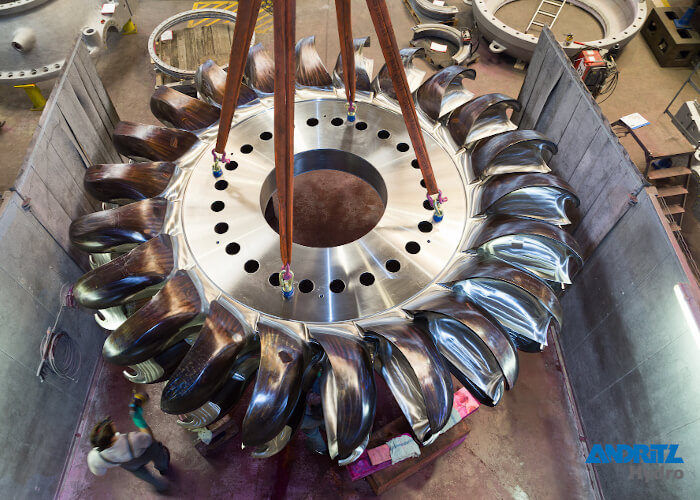Early adopters
Additive Manufacturing applications of early adopters
The early adopters of Additive Manufacturing for end-use parts mainly belong to the medical, aviation, turbine as well as oil & gas industry. In medical applications metal Additive Manufacturing was first used for fabrication of endoprostheses and dental restorations.
The aviation industry fabricates hinges, brackets and interior components. They target parts of the fuselage with a weight optimized design for better fuel efficiency. Another application group are engine components such as turbine blades or fuel nozzles. In the oil & gas industry, metal Additive Manufacturing enables simplified manufacturing of pumps, turbomachinery or valves.
The Additive Manufacturing technology represents an added value for all the applications mentioned above. This is due to several characteristics that these industries have in common. In all applications, only small lot sizes are required while the fabricated parts are high value components. Also, mostly high-end materials are used such as titanium or nickel-based alloys.
The direct transfer of raw materials into complex 3D geometries without the need for creating a tool allows significant time and cost savings. Furthermore, due to the freedom of design AM offers, geometries can be produced that were so far only feasible with high effort. Examples are cooling channels close to the surface of molds, porous structures for bone ongrowth, lightweight bionic structures with complex freeform surfaces.
In the dental industry the application of Additive Manufacturing is of great benefit resulting in a completely digital process chain and significant cost savings. This success story is hidden and not well-known beyond the dental industry. Digital data generated indirectly from dental imprints or directly from the mouth situation of a patient allows design of patient-specific devices such as dental copings. These small, thin-walled parts are cost-efficiently 3D printed using CoCr alloys.

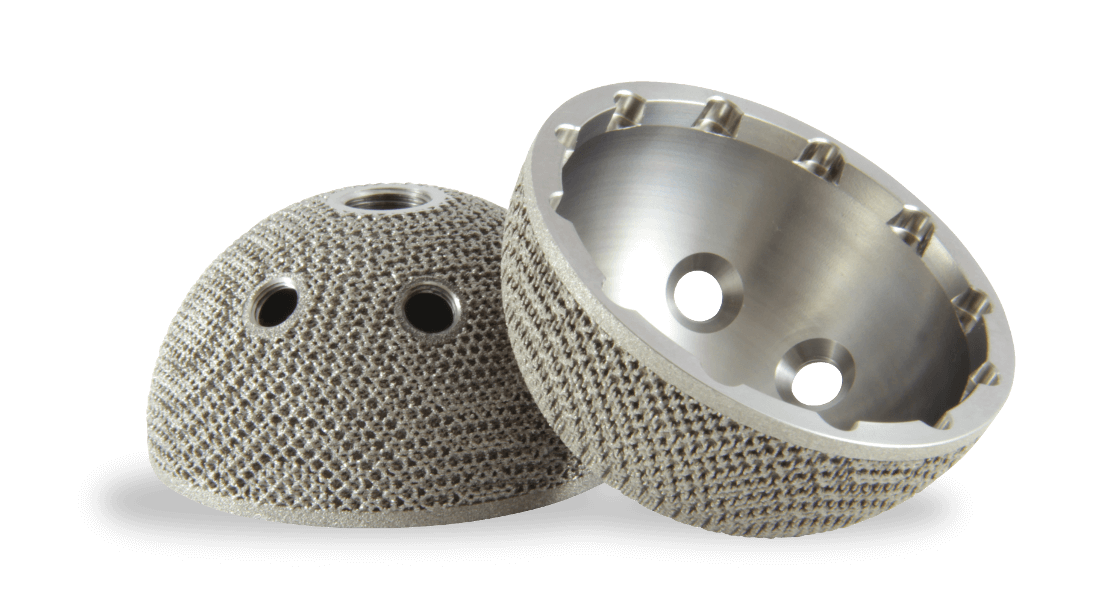
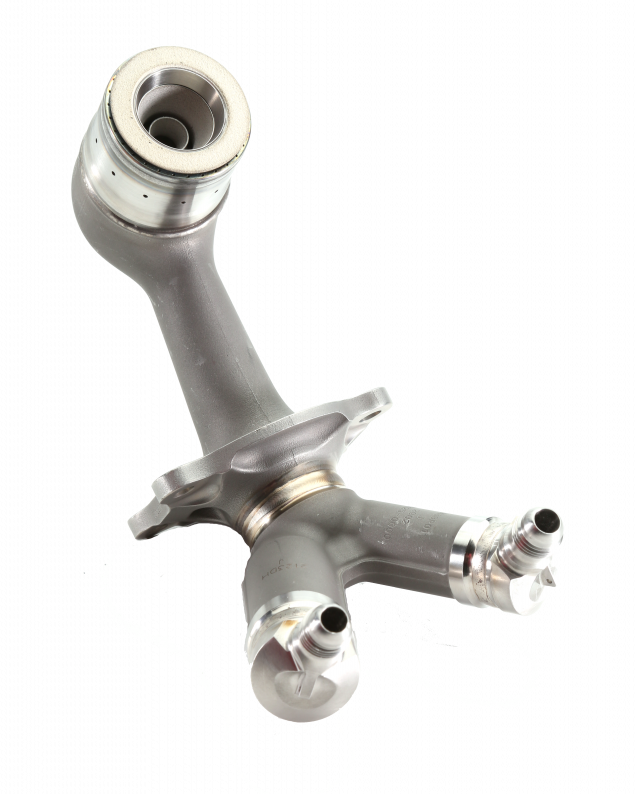

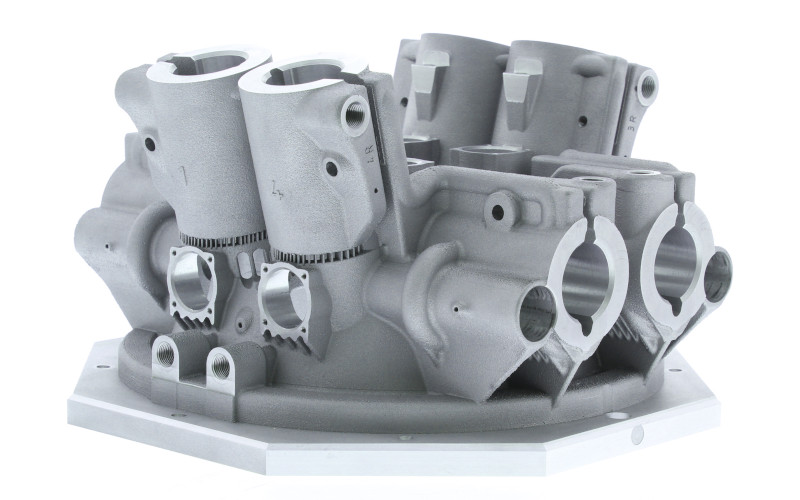
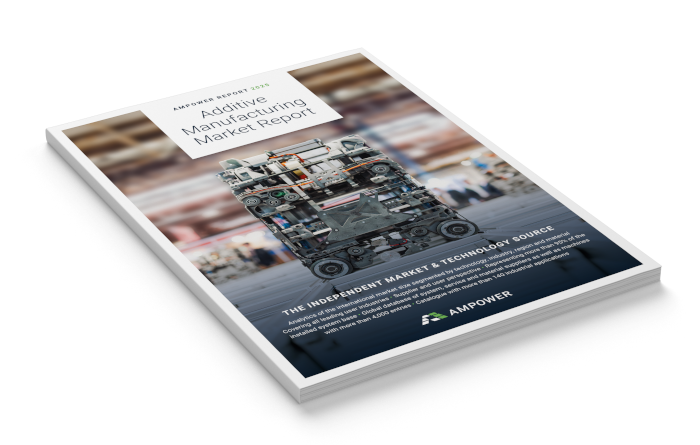

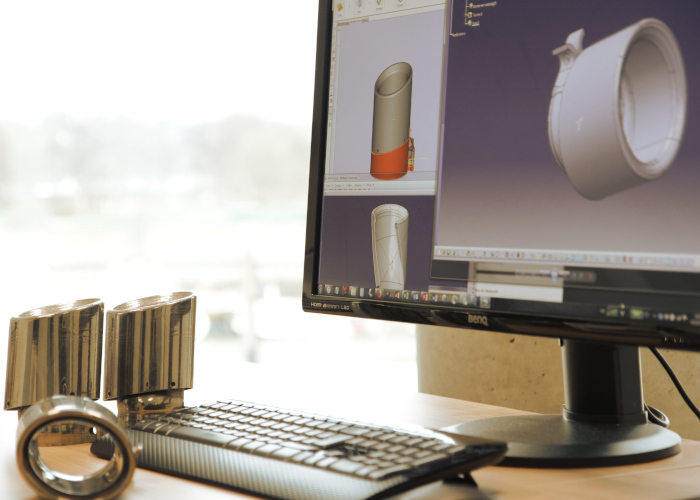




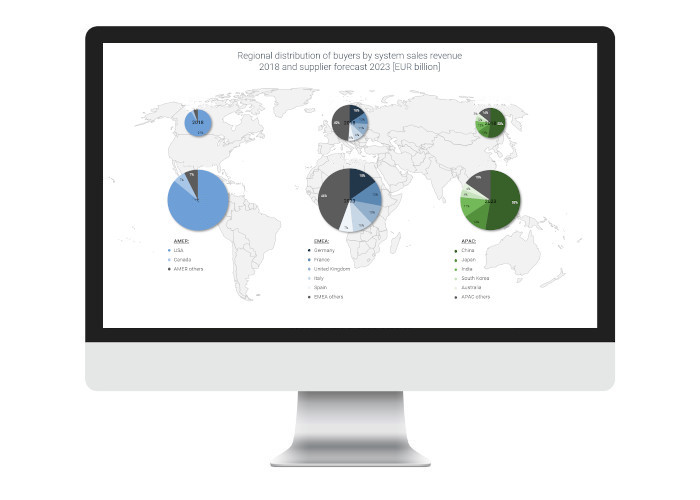

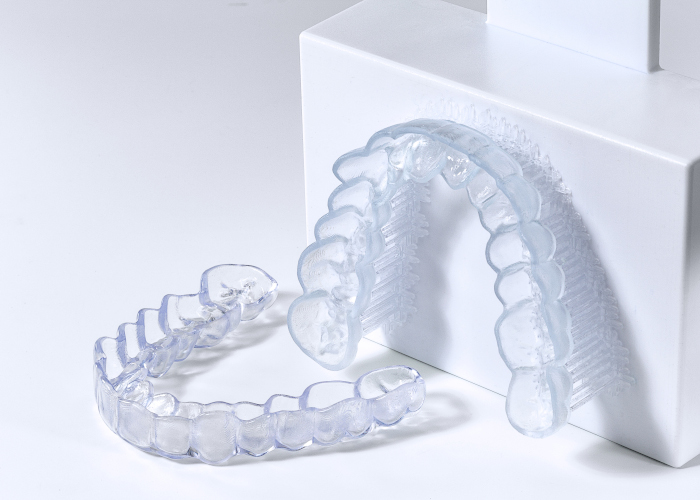 Courtesy of DMG Dental
Courtesy of DMG Dental

